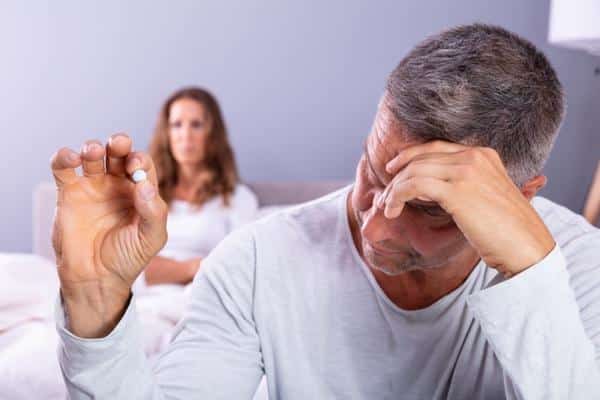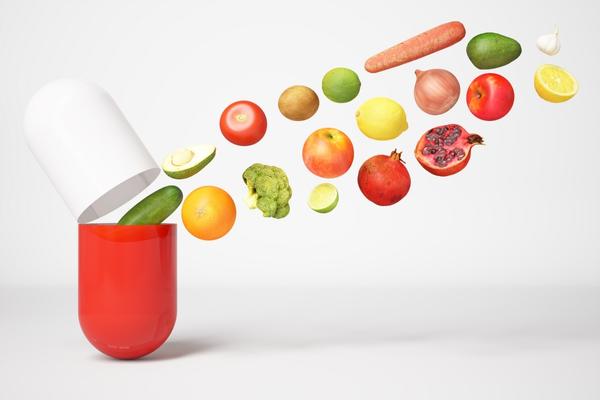Have you heard about how you can perform an external prostate massage to relieve prostate symptoms related to urination and sexual performance? Prostate health is a crucial aspect of overall well-being for men. With conditions like benign prostatic hyperplasia (BPH) and chronic prostatitis affecting many individuals, seeking effective relief is essential.
External prostate massage, also known as prostate milking, has emerged as a potential method to alleviate symptoms associated with these conditions while potentially promoting prostate health. In this article, we will explore the technique of external prostate massage, its purported benefits, and how it can potentially contribute to symptom relief and improved sexual performance.
Understanding the Prostate:
Before delving into external prostate massage, it is important to understand the role and function of the prostate gland. The prostate is a small gland located just below the bladder and in front of the rectum in men. Its primary function is to produce and secrete prostate fluid, a component of semen that helps nourish and protect sperm.
Benign Prostatic Hyperplasia (BPH) and Chronic Prostatitis:
Benign prostatic hyperplasia (BPH) is a non-cancerous prostate gland enlargement commonly affecting older men. BPH can cause urinary symptoms such as frequent urination, weak urine flow, incomplete emptying of the bladder, and the need to urinate during the night.
Chronic prostatitis, on the other hand, is the inflammation of the prostate gland, often caused by a bacterial infection or unknown factors. It can lead to pelvic pain, discomfort during urination, sexual dysfunction, and a decreased quality of life.
External Prostate Massage:
External prostate massage involves gentle pressure on the perineum between the scrotum and the anus. By exerting pressure on this area, the muscles surrounding the prostate can be stimulated and potentially release any accumulated fluids or blockages within the gland.
How to Perform External Prostate Massage:
- Preparation: Begin by emptying your bladder to ensure a comfortable experience. Trimming your nails and washing your hands is also advisable to maintain proper hygiene.
- Positioning: Find a comfortable position, such as lying on your back with your knees bent or standing with one foot on a stool. These positions allow easy access to the perineum.
- Lubrication: Apply a water-based lubricant to your fingertip and the perineum area for smooth movement and reduced discomfort.
- Gentle Pressure: With your lubricated finger, apply gentle pressure to the perineum area, focusing on the spot between the scrotum and the anus. Gradually increase the pressure until you feel a slight sensation in the prostate region.
- Massage Technique: Utilize a circular motion or gentle pulsating pressure to stimulate the prostate indirectly. The pressure should be firm yet comfortable. Remember to listen to your body and adjust accordingly.
- Duration and Frequency: A typical external prostate massage lasts 5 to 15 minutes. Performing this technique 1-2 times a week or as advised by a healthcare professional.
Benefits and Potential Effects:
- Symptom Relief: External prostate massage has been reported to alleviate symptoms associated with BPH and chronic prostatitis. Encouraging the release of stagnant fluids may help reduce urinary difficulties, pelvic pain, and discomfort during urination.
- Improved Sexual Performance: Some individuals have reported improved sexual function following an external prostate massage. Enhancing blood flow to the prostate gland and reducing inflammation may improve sexual pleasure and performance.
- Prostate Health: While more research is needed, some proponents suggest that external prostate massage may aid in maintaining prostate health by promoting circulation, preventing stagnation of fluids,
Important Considerations:
- Consultation with a Healthcare Professional: It is crucial to consult with a healthcare professional, such as a urologist or a qualified medical practitioner, before attempting external prostate massage. They can provide personalized guidance based on your specific condition and medical history.
- Hygiene and Safety: Ensure you maintain proper hygiene by washing your hands thoroughly before and after the massage. Additionally, using a water-based lubricant can reduce the risk of irritation or injury.
- Individual Variations: External prostate massage may not be suitable for everyone. Individuals with certain medical conditions, such as active prostate infection, prostate cancer, or hemorrhoids, should avoid this technique. Consulting with a healthcare professional will help determine the appropriateness of external prostate massage.
Conclusion on Unlocking Prostate Health with an External Prostate Massage
External prostate massage can relieve symptoms associated with BPH and chronic prostatitis when performed correctly and under professional guidance. It is important to approach this technique cautiously, ensuring you understand the proper methods and potential risks involved.
Remember that external prostate massage is not a substitute for medical treatment but a complementary approach that may relieve some individuals. Also, supplements like saw palmetto and foods like tomatoes, watermelon, and quinoa that provide the nutrient lycopene can help improve your prostate’s health. In addition, avoid dairy as it has been known to aggravate the prostate.
Take a balanced, comprehensive approach to your prostate health for the best results. Always consult a healthcare professional to determine the most suitable treatment plan. If you or someone you know is looking to improve your health, share this article on Facebook or Twitter so that others can learn more about self-care.




